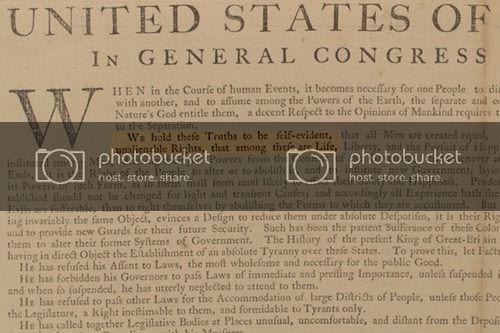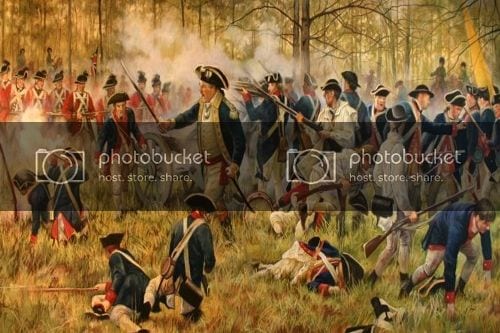1. The Second Amendment codifies a pre-existing right

The Constitution doesn’t grant or create rights; it recognizes and protects rights that inherently exist. This is why the Founders used the word “unalienable” previously in the Declaration of Independence; these rights cannot be created or taken away. In D.C. vs. Heller, the Supreme Court said the Second Amendment “codified a pre-existing right. The very text of the Second Amendment implicitly recognizes the pre-existence of the right and declares only that it “shall not be infringed … this is not a right granted by the Constitution” (p. 19).
2. The Second Amendment protects individual, not collective rights

The use of the word “militia” has created some confusion in modern times, because we don’t understand the language as it was used at the time the Constitution was written. However, the Supreme Court states in context, “it was clearly an individual right” (p. 20). The operative clause of the Second Amendment is “the right of the people to keep and bear arms shall not be infringed,” which is used three times in the Bill of Rights. The Court explains that “All three of these instances unambiguously refer to individual rights, not ‘collective’ rights, or rights that may be exercised only through participation in some corporate body” (p. 5), adding “nowhere else in the Constitution does a ‘right’ attributed to “the people” refer to anything other than an individual right” (p. 6).
3. Every citizen is the militia

To further clarify regarding the use of the word “militia,” the court states “the ordinary definition of the militia as all able-bodied men” (p. 23). Today we would say it is all citizens, not necessarily just men. The Court explains: “’Keep arms’ was simply a common way of referring to possessing arms, for militiamen and everyone else” (p. 9). Since the militia is all of us, it doesn’t mean “only carrying a weapon in an organized military unit” (p. 11-12). “It was clearly an individual right, having nothing whatever to do with service in a militia” (p. 20).
4. Personal self-defense is the primary purpose of the Second Amendment

We often hear politicians talk about their strong commitment to the Second Amendment while simultaneously mentioning hunting. Although hunting is a legitimate purpose for firearms, it isn’t the primary purpose for the Second Amendment. The Court states “the core lawful purpose [is] self-defense” (p. 58), explaining the Founders “understood the right to enable individuals to defend themselves … the ‘right of self-preservation’ as permitting a citizen to ‘repe[l] force by force’ when ‘the intervention of society in his behalf, may be too late to prevent an injury’ (p.21). They conclude “the inherent right of self-defense has been central to the Second Amendment right” (p.56).
5. The Second Amendment exists to prevent tyranny

You’ve probably heard this. It’s listed because this is one of those things about the Second Amendment that many people think is made up. In truth, this is not made up. The Court explains that in order to keep the nation free (“security of a free state”), then the people need arms: “When the able-bodied men of a nation are trained in arms and organized, they are better able to resist tyranny” (p.24-25). The Court states that the Founders noted “that history showed that the way tyrants had eliminated a militia consisting of all the able bodied men was not by banning the militia but simply by taking away the people’s arms, enabling a select militia or standing army to suppress political opponents” (p. 25). At the time of ratification, there was real fear that government could become oppressive: “during the 1788 ratification debates, the fear that the federal government would disarm the people in order to impose rule through a standing army or select militia was pervasive” (p.25). The response to that concern was to codify the citizens’ militia right to arms in the Constitution (p. 26).


